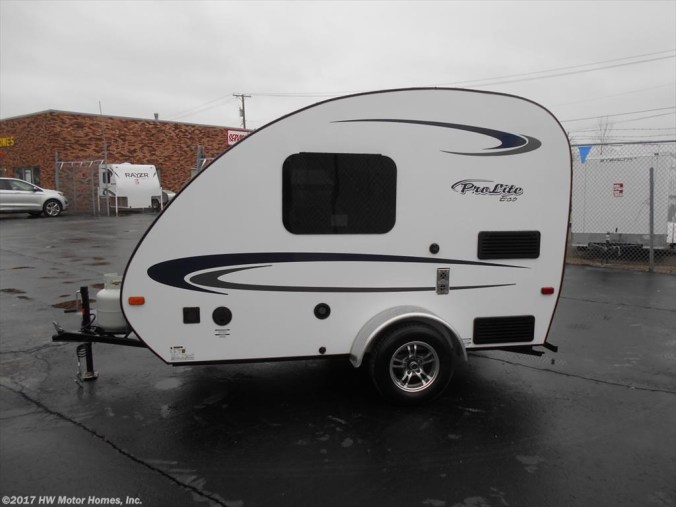
Your pet is going to have their own idea of how much they like or dislike your imposing a move or trip on them. What we can offer here are ways to help them acclimate to their new situation.
1. Keep Things Familiar
Your pet usually has a schedule at home. A food schedule, walking schedule, a time that you come home, entertainment time and so on. When you go on a trip, try to keep some of that schedule the same. Bring the things they use from home such as their bedding, food and water bowls and any toys that they like to play with. Make an effort to feed them around the same time you usually do at home. This isn’t rocket science, but it might not cross your mind until it’s too late. Your pet(s) will appreciate your keeping some things familiar to them. Your payback just might be that they don’t bark or meow incessantly. They will also settle in faster.
2. Exercise Your Dogs As Much As Possible
Dogs need stimulation. The best stimulation you can give them is a structured walk. No, we don’t mean taking them out to a dog park and letting them run around with crazy energy. This is akin to letting kids out to play at recess. When they come back in, they are even MORE wound up than they were before recess. Dogs need a mental challenge and a structured, calm, LONG walk is the #1 best way to achieve this. It will get you off of the couch at the same time. What are you doing on the couch on a camping trip, anyway?
3. Don’t Put Them In Your Trailer While Driving
We understand that not many dog or cat owners out there use a harness/seat belt for their pets when in transit. This was going to be our #1 recommendation, until we saw a video about how many of them fail. We still believe the car will be safer and more comfortable than in your trailer. Why not in the trailer? First, you aren’t there with them so their fear factor is likely to rise. To them, they are riding alone in what to them could be a building having an ongoing earthquake. They don’t know what’s going on really, so why throw them back there to be alone and scared?
4. Watch Where You Leave Them
As you hopefully are already aware, most RVs can quickly get hot in the sun, much like a car can. If you are camping in an RV park, and you have your A/C on, be aware that the power can shut off without notice, leaving your pet(s) in a very deadly situation if your windows are all closed and it’s a hot sunny day. What can you do to prevent disaster for your pets? First, never leave your windows closed and fans not running if the temperatures are going to be even as high as the low 70’s. You should have a good idea of how quickly and how much hotter than the outside temperature your rig gets before you ever leave your pets in your rig at temperatures over 70.
5. Get Them Ready
If you never take your cat or dog in the car for trips, it’s a very good idea to acclimate them to the motion and feeling by taking short trips before your big one. Start with a simple around the block drive. Don’t get all excited before asking them to get in the car, stay calm and assertive. Praise them if they are behaving properly but don’t get too overzealous about it. Once they realize the car isn’t going to kill them, start extending the duration of your trips. Treats may help them learn to associate the vehicle with positive things, but only give the treats when they are being calm, not if they are shaking or are barking/hiding.
6. Bring Their Medications And Vaccination Records
This may seem like another no-brainer, but people do forget these things. If your dog or cat needs a daily medication at home, he’s going to need it on the road as well! Don’t forget these items. It’s just a good idea to have their vet records as well. Don’t want to haul the paper? Scan it into an app on your phone.
7. Get Them Microchipped
If you haven’t done this already, now is the time. If your pet gets out and runs away, their collar with name and phone number is their best friend. However, if they lose their collar somehow or you had it off, say to give them a bath, then the chances of you ever getting them back is extremely low. Microchipping will be the only hope if someone finds your pet and takes them to a vet to see if they are microchipped.
8. Be A Good Neighbor
Let’s be honest. If you have a dog that you KNOW barks incessantly when you leave, you shouldn’t be bringing them with you to an RV park if you plan to leave them in your rig. It’s just totally inconsiderate.













